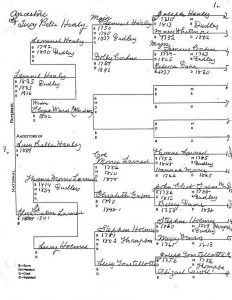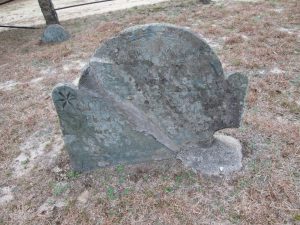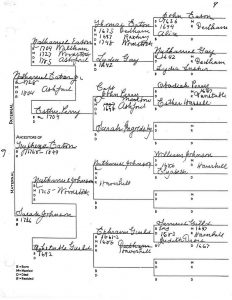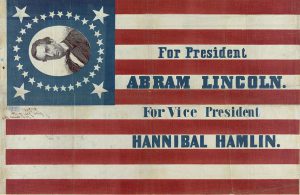
My recent post about twins in the family – correcting my ancestor Sarah (Johnson) Eaton’s ancestry – reminded me of various corrections to my family papers over the years. As I had indicated there, when I started my genealogical research, I was given an enormous head start on my native Connecticut ancestry. Two friends of my great-grandparents had prepared family charts tracing nearly all of my grandfather’s ancestors back to the immigrants in the 1600s. While this was a terrific help, over the years I have found sometimes that this material wasn’t always right. Many times the ancestors on the charts were listed in published genealogies, but my attempts to confirm the line have led me to revisit these ancestors, sometimes turning them into “former ancestors.” Continue reading Former ancestors








